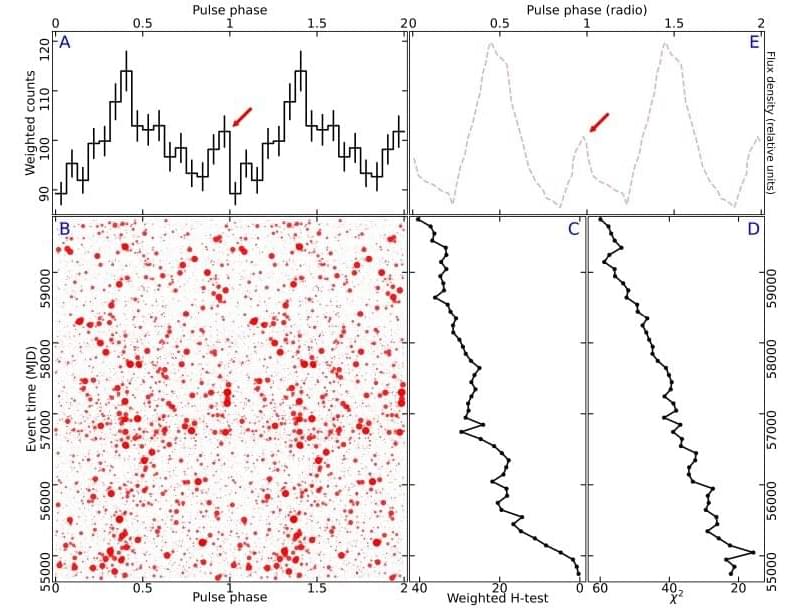Using NASA’s Fermi space telescope, Chinese astronomers have investigated a newly discovered millisecond pulsar known as PSR J1835−3259B. As a result, they identified gamma-ray pulsations from this source. The finding is reported in a paper published June 27 on the arXiv pre-print server.
Pulsars are highly magnetized, rotating neutron stars emitting a beam of electromagnetic radiation. The most rapidly rotating pulsars, with rotation periods below 30 milliseconds, are known as millisecond pulsars (MSPs). Astronomers assume that they are formed in binary systems when the initially more massive component turns into a neutron star that is then spun up due to accretion of matter from the secondary star.
PSR J1835−3259B is a recently discovered MSP in the globular cluster NGC 6652. It has a spin period of approximately 1.83 milliseconds and is in a nearly circular orbit of about 28.7 hours within the cluster. The distance to the pulsar is estimated to be some 32,600 light years.
